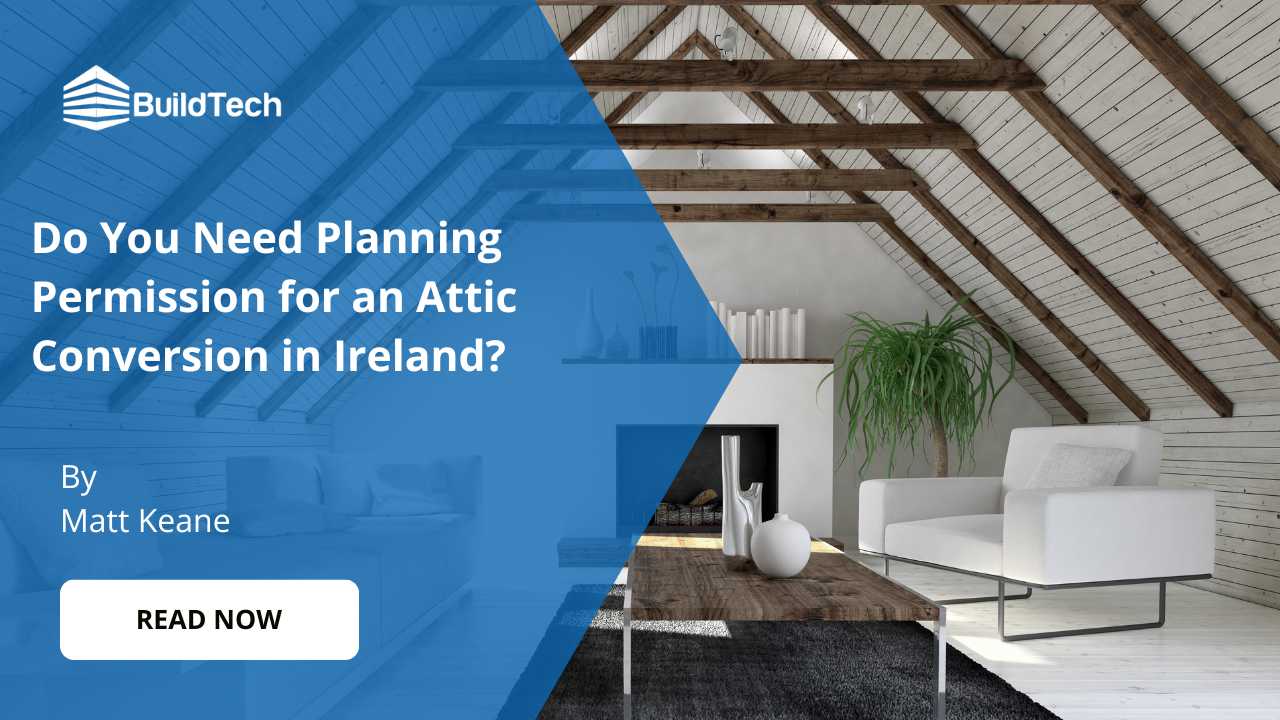Looking for a guideline for using old house plans to build a new one? Many homeowners are increasingly interested in using old house plans for their new builds. The appeal of preserving classic architectural styles while combining them with modern features has become a popular choice for those who want a unique home with character.
Using older designs allows you to retain the charm of the past while still incorporating the conveniences and technologies of today. This blend of old and new can give you a beautiful, functional home that stands out.
In this blog, we will help you to discover how to modify and use old house plans to build your new home. Learn the various benefits and challenges of using these plans for new builds.
Let’s explore if using old house plans is right for your new home.
What Are the Benefits of Using Old House Plans?
Old house plans can be beneficial in some ways if we use them for new house builds.
Unique architectural appeal
One of the major advantages of using old house plans is the timeless charm and architectural character they offer. Older designs often feature unique details like intricate woodwork, classic facades, or historical architectural styles such as Victorian, Colonial, or Craftsman.
These details can make your new home stand out in a way that many modern, mass-produced houses cannot. By using these elements, you get the opportunity to create a home with personality and a strong visual impact.
Cost efficiency
Using an existing old house plan can also save you money. Developing custom architectural designs from scratch can be expensive and time-consuming. By reusing an old plan, you bypass some of these costs, as the layout and design are already established.
While modifications may still be necessary to meet modern standards, the initial savings can be significant compared to hiring an architect for a fully custom home design.
Sustainability and preservation
By using old house plans, you're contributing to the preservation of historical design elements. This can be an eco-friendly approach, especially if you're able to use sustainable building materials and modern energy-efficient features into the old design.
You get to maintain the integrity of classic architectural styles while reducing the environmental footprint of your build.
What Are the Challenges of Using Old House Plans?
While these challenges can seem problematic, they are not impossible to overcome with the right planning and professional guidance.
Compliance with modern building codes
One of the major challenges of using old house plans is ensuring they meet modern building regulations. Many older designs were created before current safety and efficiency standards, which means they may not automatically comply with today’s building codes.
For example, issues with electrical wiring, plumbing, or fire safety could arise. You might need to adjust the plans or add new elements to make sure the house can be safely built according to current rules.
Adapting to modern lifestyles
Old house plans often reflect the way people lived in the past, with different priorities compared to today’s homes. Many older designs feature smaller kitchens, more closed-off rooms, and fewer bathrooms, which might not fit modern preferences for open spaces and multi-functional rooms.
Adjusting the layout to make it more practical for today’s living standards can be challenging and may require significant modifications to the original design.
Structural updates and material differences
Building materials and construction methods have evolved over time. Old house plans might not account for today’s available materials or construction techniques, which could lead to issues during the building process.
You may need to modernise aspects of the design to use better insulation, sustainable materials, or updated structural elements. This can sometimes require more expertise and effort than anticipated, leading to added costs.
How to Modify Old House Plans for a New Build?
By modifying old house plans, you can enjoy a home that has both historical charm and modern functionality.
Consult with an architect
If you’re thinking of using old house plans for your new home, the first step is to consult with an experienced architect. They will evaluate the original design and check if it meets current building codes and standards.
Old plans often need structural adjustments, such as modern framing techniques or foundation updates, to ensure the home is safe and up to code. The architect can help preserve the historical charm while making the home functional for today’s living standards.
Using modern features
Modern living often requires features like open floor plans, larger kitchens, or additional bathrooms—elements that old house plans may not include. To address these needs, you can work with your architect to modify the internal layout of the house while keeping the exterior aesthetic intact.
For example, you could add modern features like energy-efficient windows, better insulation, or a home office, all without altering the historical look of the home.
Conclusion
Using old house plans to build a new home is a great way to blend the beauty of historic architecture with the convenience of modern living. While old plans bring character and charm, they often need updates to meet current building codes and accommodate today’s lifestyle.
With the help of an architect, you can make necessary modifications, such as adding modern features and improving energy efficiency, without losing the unique features of the original design.
If you’re interested in bringing classic designs to life in your new home, contact BuildTech today to discuss how we can help you create the perfect blend of old and new.


















